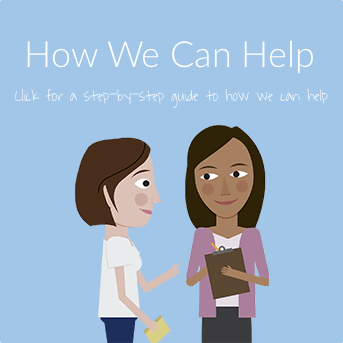
Picasso – Head of a Woman (Art Institute of Chicago)
1) Listening to our social anxiety
We are trained to listen to our bodies and our emotions, but social anxiety is a poor guide. When we listen to the demands made by our social anxiety — escape, avoid, leave! — we may experience temporary relief, but those actions ultimately keep us stuck. Cognitive Behavioral Therapy is one helpful way to inspect the thought process to make sure we’re listening to the right kind of advice.
2) Failure to do a reality check
Many of our fears could be overcome through a simple reality check, a simple verification of whether what we believe to be true really is true. For example, we believe that everyone is staring at us but we don’t check to see if indeed they are. We assume they are bored with us or gossiping about us, but we don’t look as closely as we could. People who are anxious assume there is danger unless there is compelling evidence of safety. People who are not anxious assume safety unless there is compelling evidence of risk. Overcoming anxiety involves requiring evidence of risk rather than safety. Making this shift causes a subtle but profound change in the way we feel.
3) Blindly facing our fears
We often err in the belief that by simply doing the thing we’re afraid of doing we’ll cause ourselves to overcome the fear of it. The spirit of this idea is wonderful, and the very foundation of the fear-facing element of CBT, but often there is something missing. Thoughtful fear facing requires that we do an honest assessment of our thoughts and feelings. To do otherwise is to set ourselves up for failure. If we don’t become less afraid after repeatedly doing a scary thing, it can be very discouraging. This problem is so closely tied to problem #4 that by solving the one, we’re well on the way to solving the other.
4) Seeking comfort
Trying to feel comfortable is a poor strategy. Huh? It seems reasonable, doesn’t it — what’s wrong with trying to feel comfortable? And yet we have found that the very things we do to try to feel less anxious often keep us from getting past our fears. We continue to stay afraid because we keep trying to play it safe, taking precautions. As long as we continue to play it safe we can’t discover that those things we view as dangerous may not really be so dangerous after all.
5) Mind reading
Mind reading is the mistaken belief that we can read the thoughts, feelings, and motivations of others. We assume we know what others are feeling, what they think about us, and why they said what they said. We are most likely mistaken in that belief, and yet it is so deeply ingrained in us that we find it impossible to believe otherwise. That voice of self-criticism comes from a place deep inside us and is a formidable opponent. But recognizing that voice and learning to turn it off is one of the most important things we can do when facing social anxiety.




